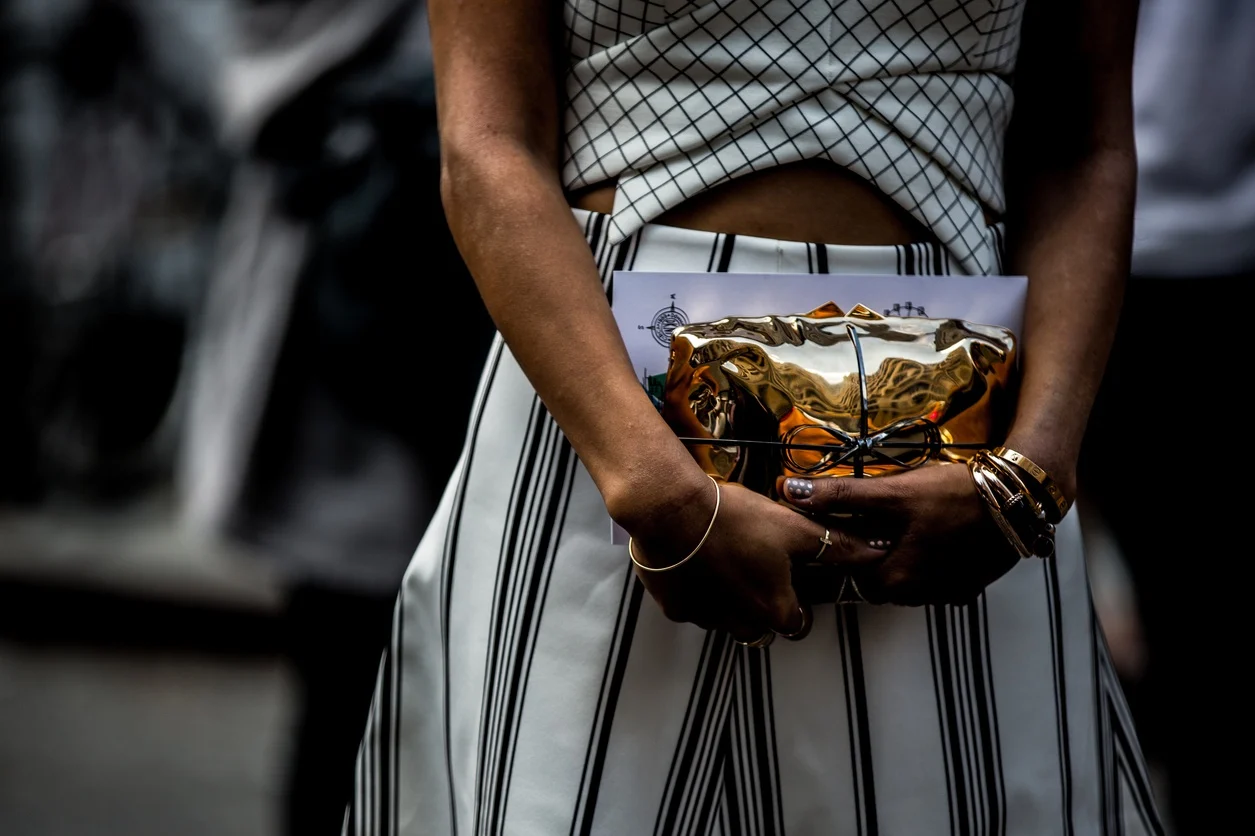Four major channels for trade mark enforcement in China
Having obtained the Chinese trade mark right, the right holder will need to be vigilant in protecting its registered right. In China, any of the following acts will constitute infringement of Chinese trade mark rights.
Types of trade mark infringement activity in China
- Using a trade mark that is identical with a registered trade mark on the same goods without a license from the trade mark registrant;
- Using a trade mark that is similar to a registered trade mark on the same goods, or using a trade mark that is identical with or similar to a registered trade mark on similar goods, which may be confusing, without a license from the trade mark registrant;
- Selling goods that violate another’s exclusive right to use a registered trade mark;
- Counterfeiting or arbitrarily forging another’s registered trade mark, or selling the counterfeited or arbitrarily forged trade marks;
- Altering the trade mark registrant’s registered trade mark without authorisation and selling goods bearing this altered trade mark;
- Facilitating or helping others to infringe an exclusive right to use a registered trade mark on purpose; or
- Other conduct causing prejudice to another’s exclusive right to use its registered trade mark.
Four major enforcement channels for trade marks in China
There are a number of different enforcement routes available in China with regards protecting a trade mark.
Administrative Action
A complaint can be lodged with the Administration for Industry and Commerce (“AIC”) who can take direct action against the infringer. The complainant needs to set out the complainant’s trade mark rights and provide evidence that infringement is occurring (such as providing a sample of the infringing product) and evidence that the infringing product will cause damage to the claimant’s interests.
The AIC will then conduct a raid on the alleged infringer’s property, confiscating any alleged infringing products. If the AIC is satisfied that there has been an infringement, it can then fine the infringer, seize/destroy the infringing goods, or even revoke its business licence. The advantage of this route is that it is relatively cost effective, quicker than civil proceedings, effective and the evidence collated can then be used in a civil action. The disadvantage to this course of action is that the claimant will not receive damages.
Customs Action
As well as examining goods entering China, the General Administration of Customs (GAC) examines goods leaving the country as well. This is useful as the GAC has the authority to protect intellectual property rights (including trade mark rights) and so can seize infringing products before they leave the country. The GAC will take the initiative to seize goods they consider to be infringements but to do this they require information from the trade mark owner.
It is recommended that a trade mark owner registers their trade mark centrally with the GAC in Beijing, so that the GAC can monitor shipments and inform the rights holder if they discover potentially infringing goods. Educating the GAC officials is equally important, so the trade mark owner will need to notify Customs with as much information as possible, such as the names of the infringers, their logistics, characteristics of the infringing products, etc. The GAC has the power to seize and destroy the infringing goods once infringement has been established.
Civil Action
The rights holder can bring a court action seeking an injunction and damages. To pursue a civil action a complaint must be lodged with the civil division of the People’s Courts. The Court will set a date for a pre-trial hearing at which the parties will discuss evidence before the court. The Court will provide the parties with an opportunity to settle the dispute themselves. If the dispute does not settle a trial will take place. In all likelihood, a dispute will take between 6 to 12 months to reach trial depending upon the complexity of the case. The trial is much shorter and is usually concluded within half a day or one day.
In terms of remedies, the claimant may be awarded an injunction to cease the infringement, an order to confiscate the infringing goods and/or damages (or account of profits). Damages will be estimated in relation to the trade mark owner’s losses and the profits gained by the infringement. Where calculation of damages is impossible an award up to a maximum of RMB 3,000,000 (c.a. EUR 400,000) may be imposed.
An interim injunction, although still rare, is available in China. It is possible for the rights holder, upon providing a guarantee to the court, to apply for an order for an interim injunction. The Chinese courts are cautious to grant an interim injunction, so great effort is needed with regards evidence presentation and arguments to satisfy the burden of proof.
Due to the lack of disclosure in Chinese court procedure, there is a high burden upon the rights holder to collect the evidence themselves. As a practical measure, it is possible for the rights holder, upon providing preliminary evidence of infringement, to apply for an evidence preservation order so the court can conduct a raid on the alleged infringer’s property to seize evidence on site. An asset preservation can also be requested upon provision of a guarantee, so the court can seize assets of the alleged infringer to satisfy damages awarded in the judgment. Both measures are highly recommended pre-suit actions that the rights holder may apply for if possible.
Criminal Action
A criminal action is available through the Public Security Bureau, who may bring a criminal action against the infringing party if the alleged infringer is producing or knowingly selling counterfeit products and/or is producing forged or unauthorised representations of trade marks. A criminal action is an alternative to an administrative action or a civil action and has the biggest deterrent value. However, it is usually reserved for high-profile counterfeit cases. If the crime is serious, a penalty of up to seven years imprisonment can be imposed.







